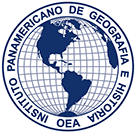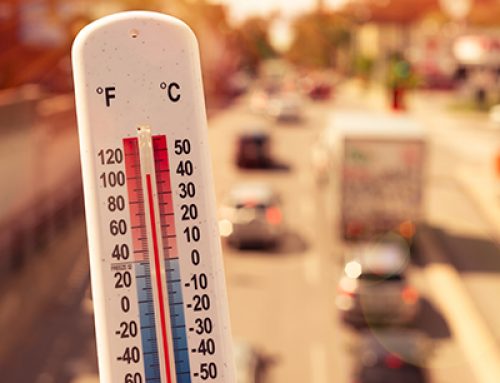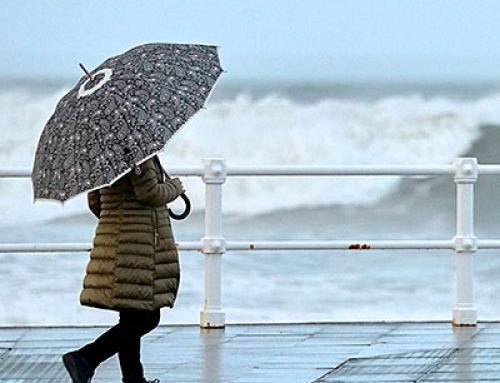ANOMALY IN THE TEMPERATURE.
According to the meteorological agencies, a climatic anomaly It can be defined as the deviation of the value of a climate element with respect to its normal value or reference value, or also as the difference between the value of a climatic element in a given place and the mean value of said element averaged over the parallel (circle of latitude) of that place.
When talking about temperature , it refers to the difference between the observed temperature that year and a reference temperature. Thus a positive anomaly indicates that the observed temperature is warmer than the reference value, while a negative anomaly indicates that the observed temperature is cooler than the reference value.
In South America we can say that in the last four years we have found record temperatures in Mexico , record temperatures in Uruguay and Argentina , and the most active hurricane season in the Atlantic.
Globally, 2017 was the third warmest year since records began in 1880.
RISKS CAUSED BY ANOMALIES IN TEMPERATURE
The Latin American and Caribbean region is highly heterogeneous. This area is extremely susceptible to tropical cyclones and exacerbated El Niño events, as well as rising sea levels, melting Andean glaciers, rising temperatures, and changes in rainfall patterns.
The rural poor who depend on a natural resource base are particularly vulnerable to climate impacts on subsistence agriculture and ecosystem services.
Poor urban populations living on coastlines, floodplains and steep slopes are especially vulnerable to extreme rainfall events and the health impacts of heat waves.
Intensive grain production agricultural systems in the southern sector of the region feed mainly on rainfall and, as a result, are susceptible to variations in rainfall and temperature.
In the Andean regions, houses built on steep terrain are critically exposed to surface stormwater flows, flooding from glacial melting, and landslides.
Residents of coastal areas, especially in the Caribbean region, face risks of losing ecosystem services and livelihoods due to the degradation of marine ecosystems, of losing physical shelters due to reef degradation, coastal flooding , critical infrastructure damage), and threats to freshwater from saline intrusion from rising sea levels.





